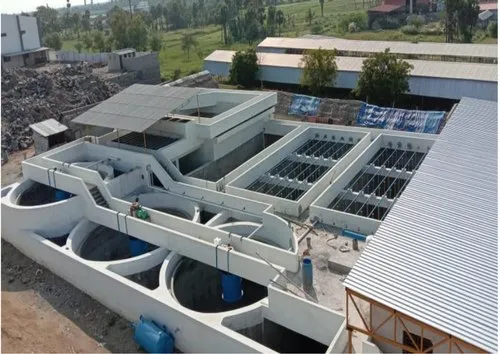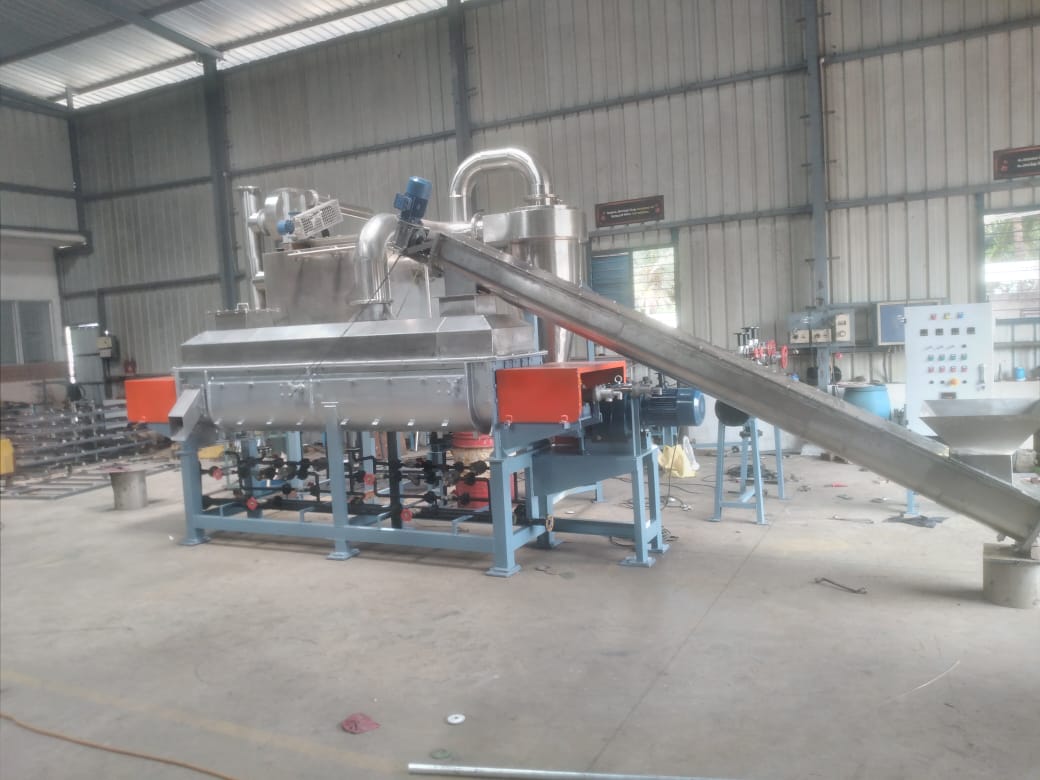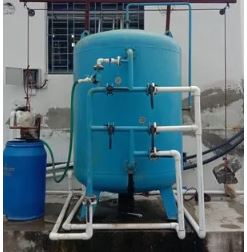Effluent Treatment Plant
In the year 2018, Green City Water Technologies is a distinguished Manufacturer, Wholesaler and Trader offering an enormous consignment of Mild Steel Filter Press, Reverse Osmosis Plant etc.
One wastewater treatment technology type is the effluent treatment plant or ETP. Its objective is to release safe water into the environment by removing the harmful effects of wastewater and purifying industrial wastewater for reuse.
Depending on the industry, different materials can be found in industrial wastes. Some wastes contain grease and oil, while others contain hazardous substances (such as cyanide).
Degradable organic pollutants can be found in waste from factories that produce food and beverages. Due to the variety of pollutants found in industrial wastewater, special treatment technology called ETP is required.
The ETP plant treats wastewater from various industrial sectors including chemicals, pharmaceuticals, dyes, refineries, dairy, ready-mix plants, and textiles using various physical, chemical, biological, and membrane processes.








